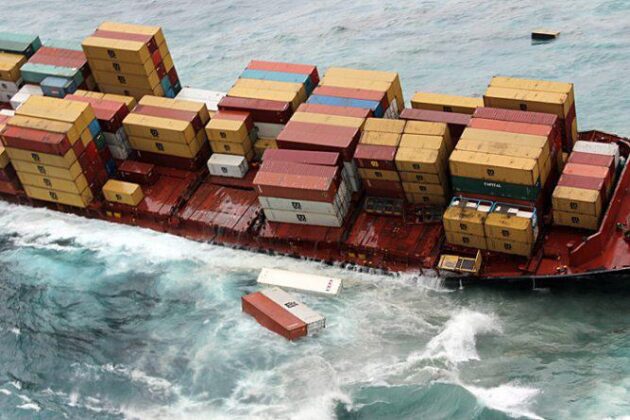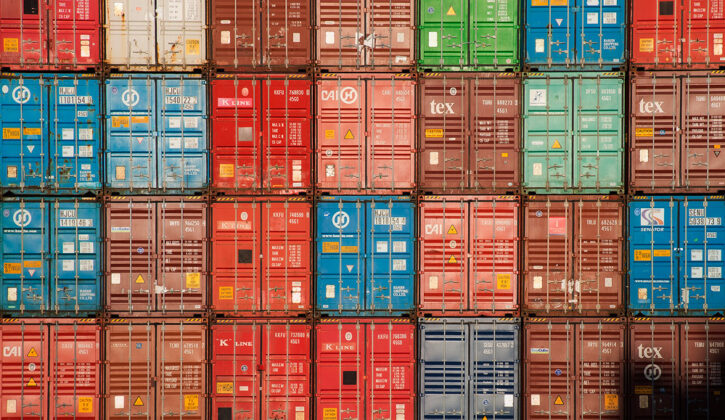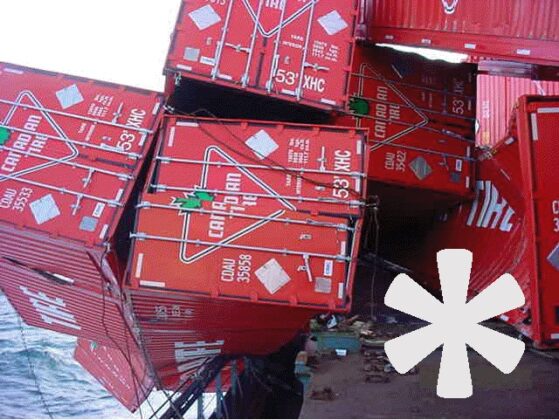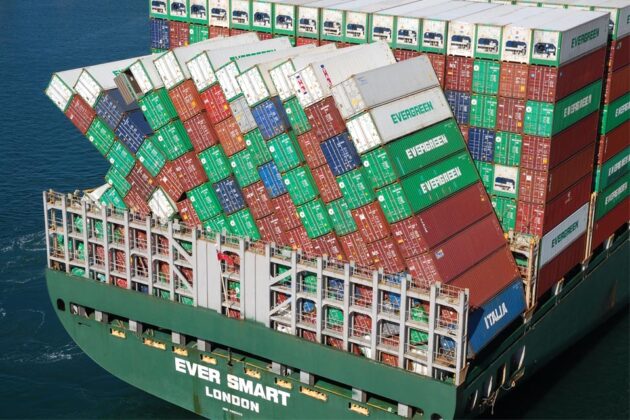Guidelines for Container Stowage and Securing Arrangements
(Source of information – www.MaritimeCyprus.com) The main aim of merchant ships is to transport various goods by sea to their destinations safely without any loss or damage en route. For this purpose, it is essential to take adequate countermeasures to prevent cargo shifting and overloading in addition to ensuring proper ship operation.
There were several incidents where containers have been lost into the sea and the subsequent identification of inadequate cargo stowage and securing arrangements most notably involving Yang Ming’s YM Efficiency, APL’s APL England and Evergreen’s EverSmart.
Notably, the Australian Maritime Safety Authority (AMSA) run a focused PSC inspection campaign on cargo securing arrangements for container and unitized cargo from 1 August to 31 October 2020 to address this issue.
Recently, the amount of freight containers has significantly increased and container carriers have been getting larger for more effective transportation. Furthermore, various new technologies regarding securing arrangements, methods, and devices have been developed to enhance the efficiency of loading containers on board. Accordingly, it has become more important to evaluate the adequacy of such container stowage and securing arrangements.
ClassNK conducted extensive research and investigations on the practices and standards
regarding container stowage and securing methods, and has published “Guidelines for Container Stowage and Securing Arrangements” in October 2009. In the guidelines, the latest ISO standards relating to containers are reflected and diversified container stowage and securing methods as well as detailed evaluation methods are shown and explained.
Also, procedures related to affixing class notations for the following two types of ships have been added:
- Those with lashing calculation program, which is capable of evaluating container lashing
strength in accordance with these guidelines installed onboard ship; and - Those in compliance with the guidance on providing safe working conditions for securing
of containers on deck in CSS Code (Code of Safe Practice for Cargo Stowage and
Securing) Annex 14.
Click below to download the Guidelines for Container Stowage and Securing Arrangements:
3 коментарі
-
Your article helped me a lot, is there any more related content? Thanks!
-
Your article helped me a lot, is there any more related content? Thanks!
Залишити відповідь
Передрук або поширення інформації заборонені без згоди власника авторських прав © Copyrights 2019 - 2021 EMTC. All rights reserved.









El correo electrónico no es seguro y puede haber vínculos débiles en el proceso de envío, transmisión y recepción de correos electrónicos. Si se aprovechan las lagunas, la cuenta se puede descifrar fácilmente.